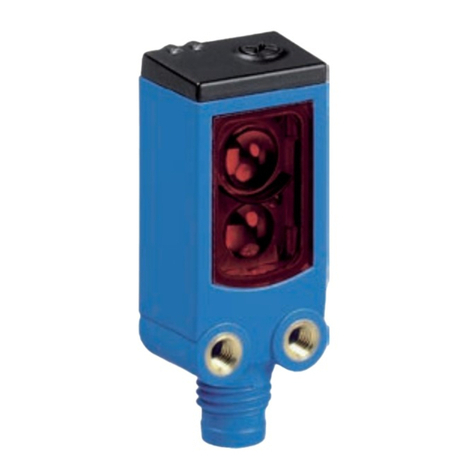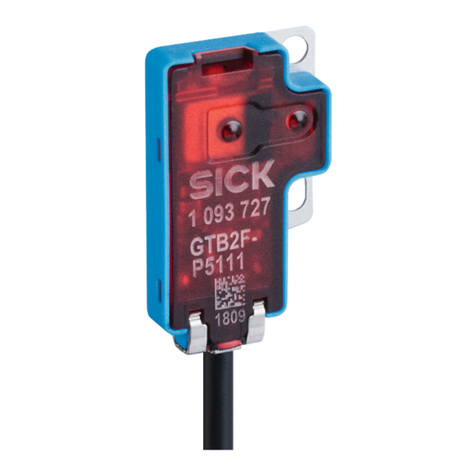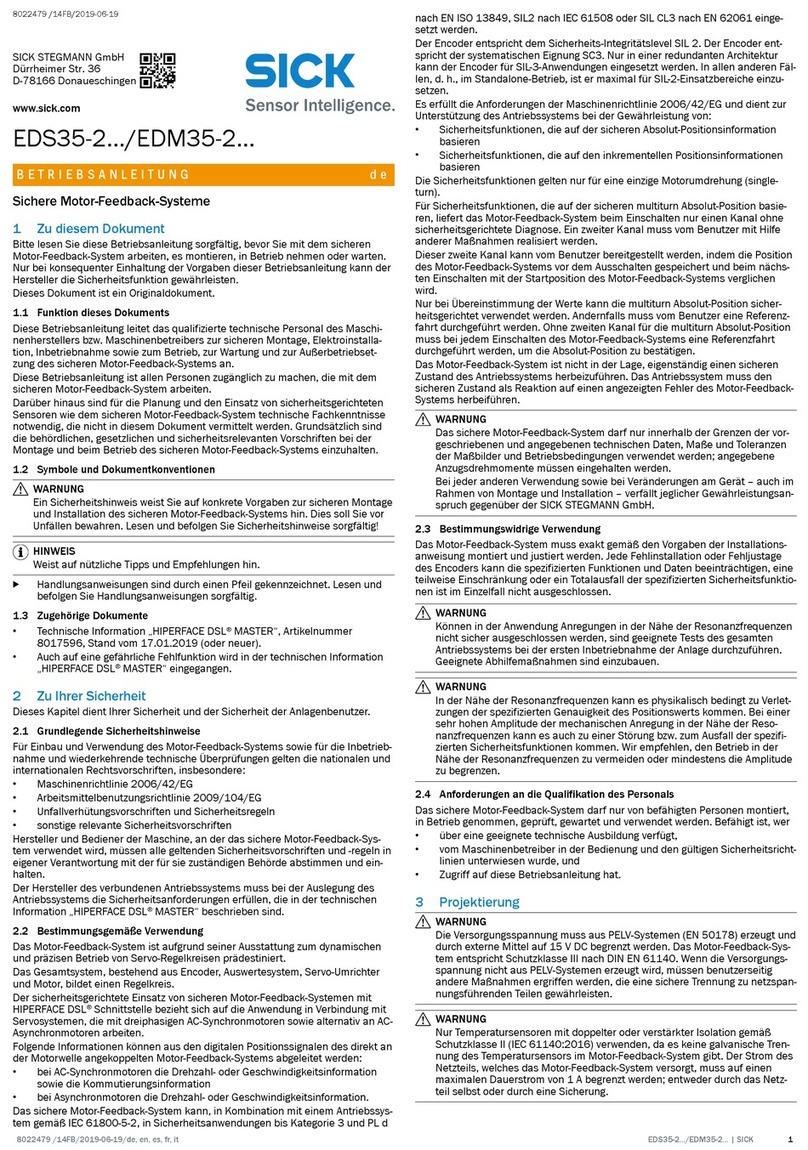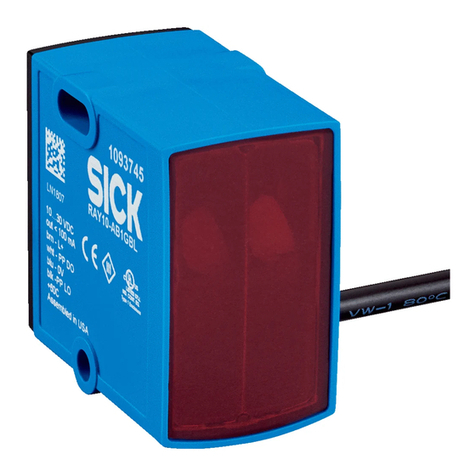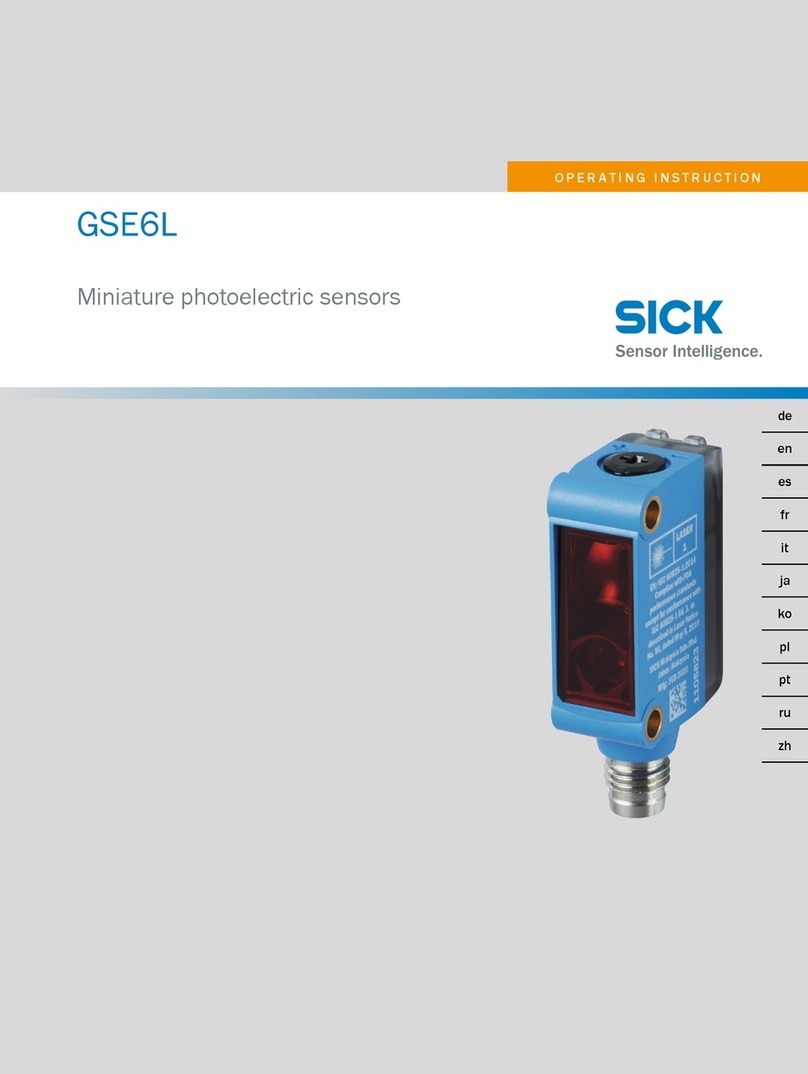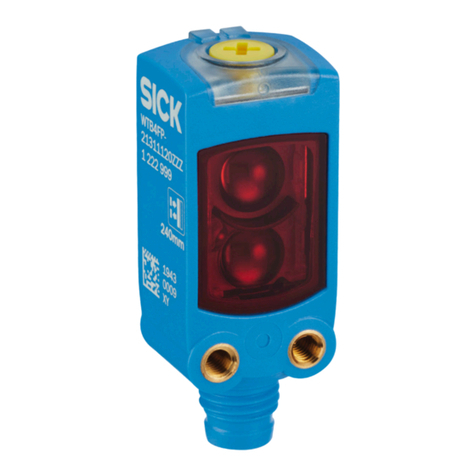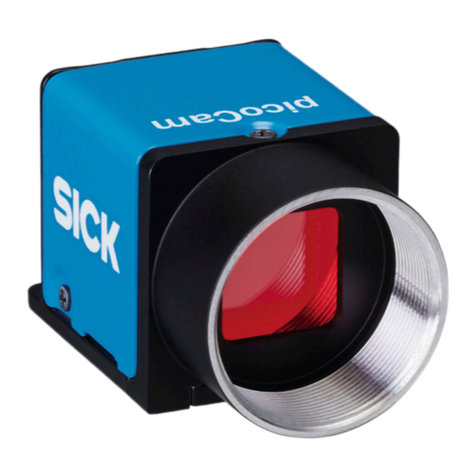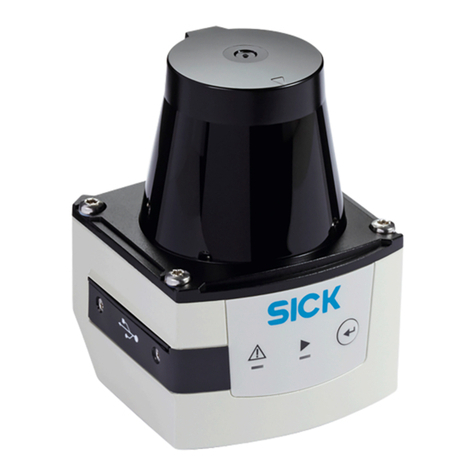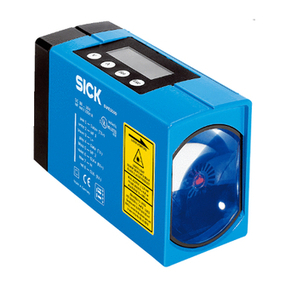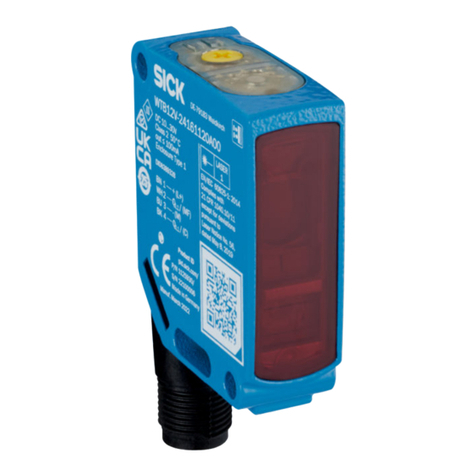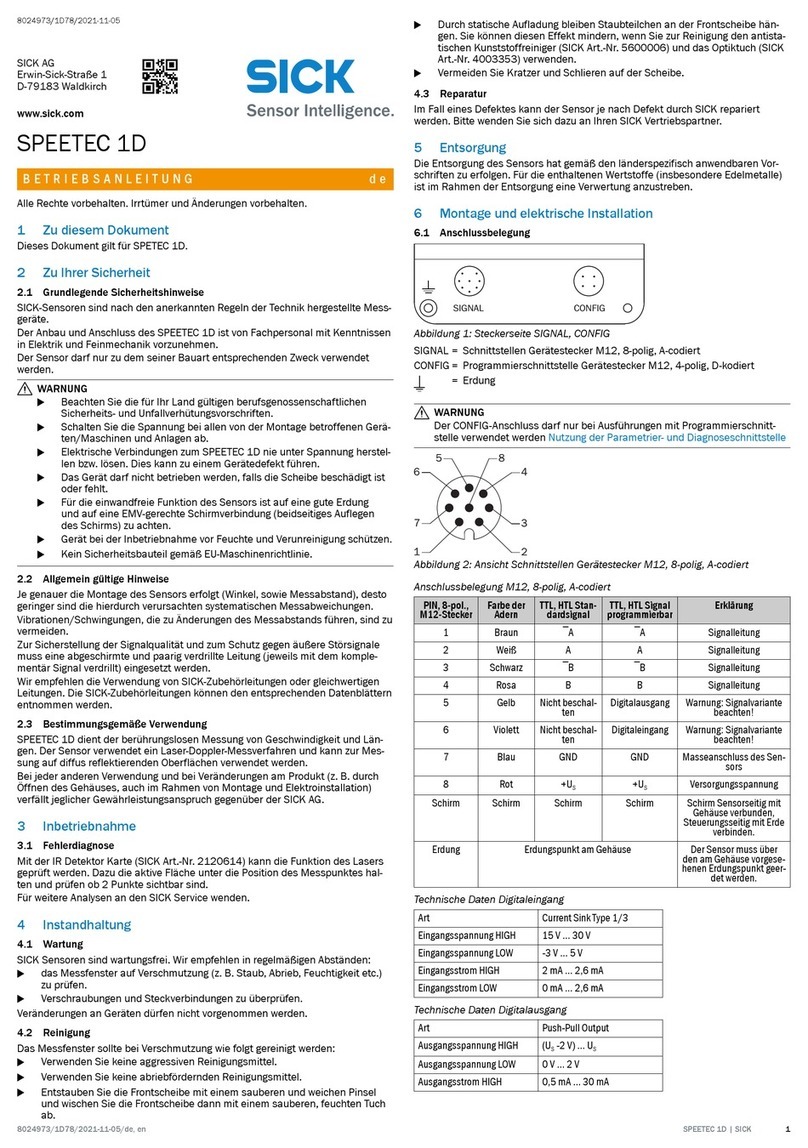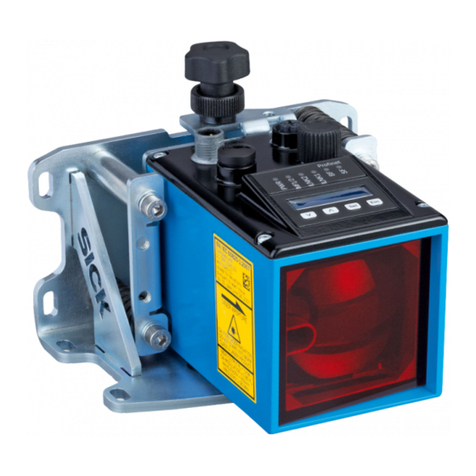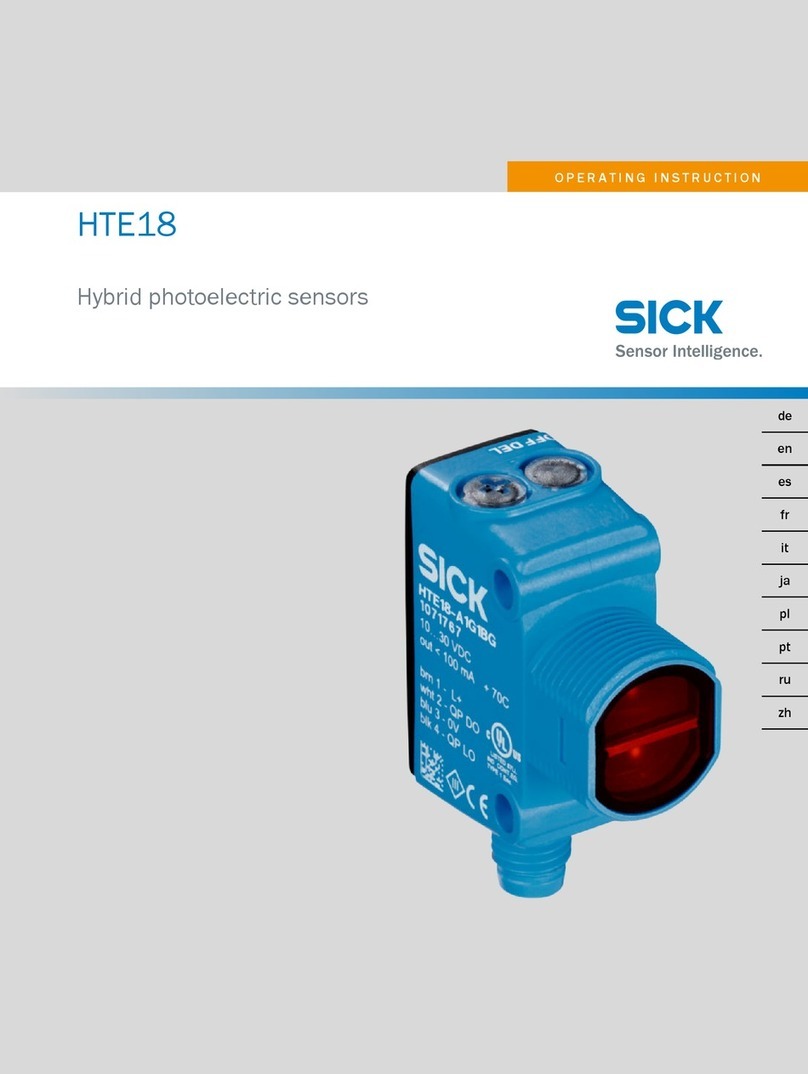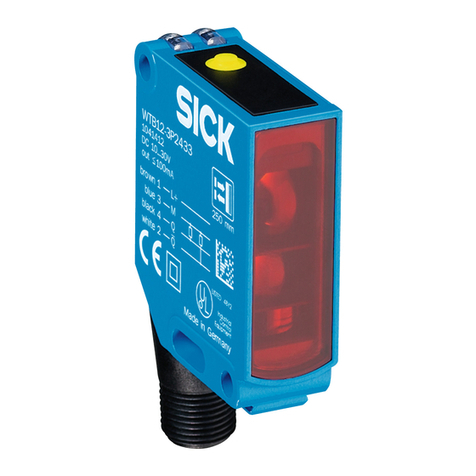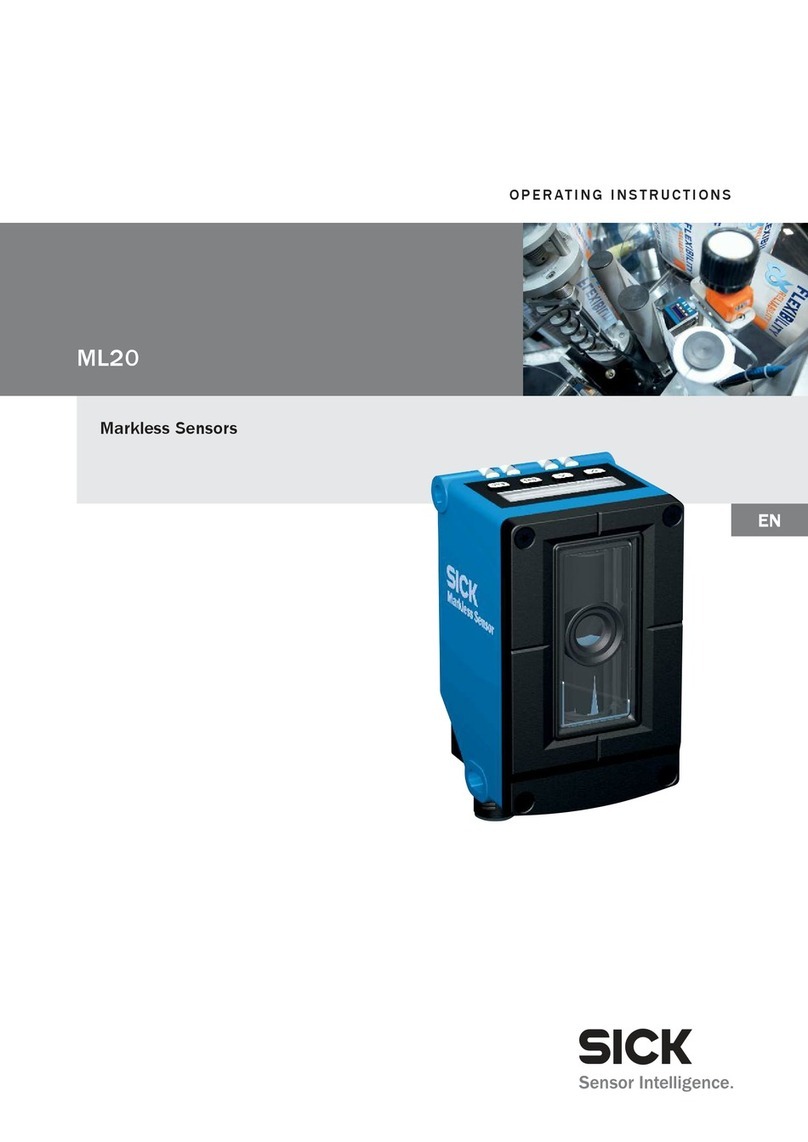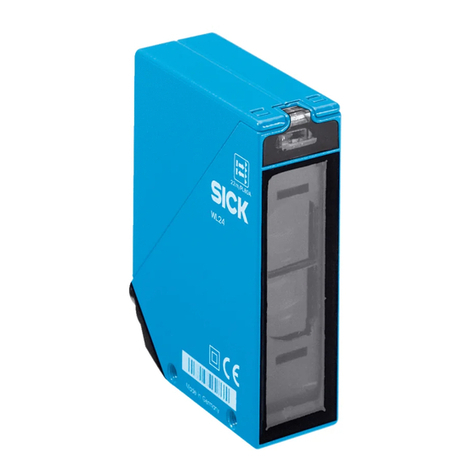
4.4.5 IO-Link...................................................................................... 41
4.4.6 Muting....................................................................................... 42
4.4.7 Connection diagrams.............................................................. 43
4.5 Testing plan............................................................................................... 47
4.5.1 Test rod check.......................................................................... 47
4.5.2 Visual check of the machine and the protective device........ 49
5 Mounting............................................................................................. 50
5.1 Unpacking.................................................................................................. 50
5.2 Fitting the system plug............................................................................. 50
5.3 Mounting................................................................................................... 51
5.3.1 Mounting the QuickFix bracket............................................... 54
5.3.2 Mounting the FlexFix bracket.................................................. 55
5.3.3 Mounting the replacement bracket........................................ 58
6 Electrical installation........................................................................ 59
6.1 Connecting................................................................................................ 59
6.1.1 System connection (M12, 5-pin)............................................ 59
6.1.2 System connection (M12, 8-pin)............................................ 59
6.1.3 Extension connection (M12, 5-pin)........................................ 60
6.1.4 Muting sensor connection (M12, 5-pin)................................. 61
7 Configuration..................................................................................... 62
7.1 Overview.................................................................................................... 62
7.2 Factory settings......................................................................................... 63
7.2.1 Set to factory settings............................................................. 64
7.3 Configuration mode.................................................................................. 65
7.4 Configuring beam coding......................................................................... 65
7.5 Configuring muting................................................................................... 66
7.6 Checking the parity................................................................................... 68
7.7 Configuring the restart interlock.............................................................. 68
7.8 Configuring external device monitoring (EDM)....................................... 69
7.9 Configuring application diagnostic output.............................................. 70
8 Commissioning.................................................................................. 72
8.1 Overview.................................................................................................... 72
8.2 Switching on.............................................................................................. 72
8.3 Alignment of the active and passive units.............................................. 73
8.3.1 Aligning the active and passive units..................................... 73
8.3.2 Alignment with the QuickFix bracket...................................... 74
8.3.3 Alignment with the FlexFix bracket or with the replacement
bracket...................................................................................... 74
8.3.4 Indication of the alignment quality......................................... 75
8.4 Check during commissioning and modifications.................................... 76
9 Operation............................................................................................ 77
9.1 Overview.................................................................................................... 77
CONTENTS
4O P E R A T I N G I N S T R U C T I O N S | deTem4 A/P 8024782/1DAL/2022-09-01 | SICK
Subject to change without notice
